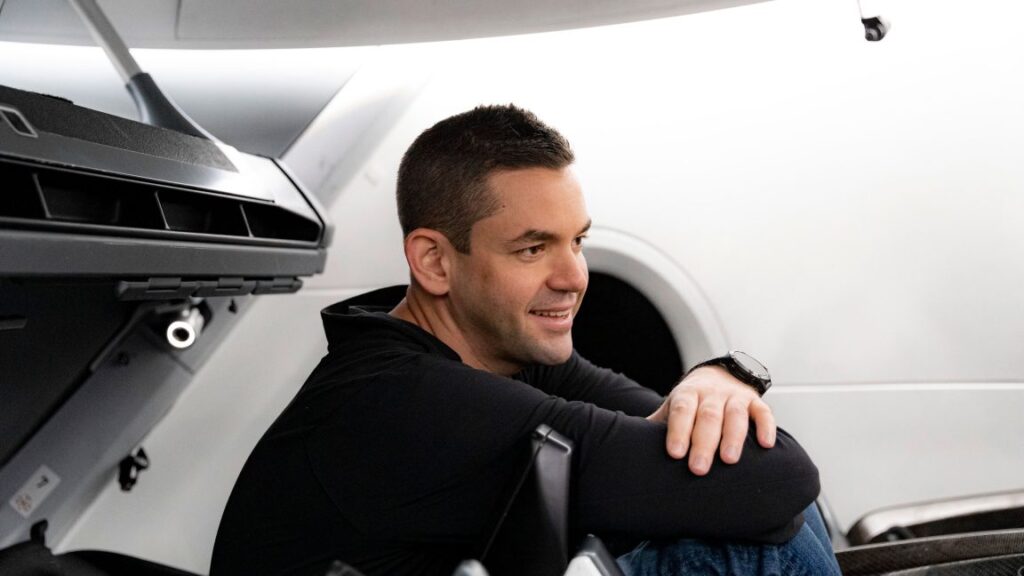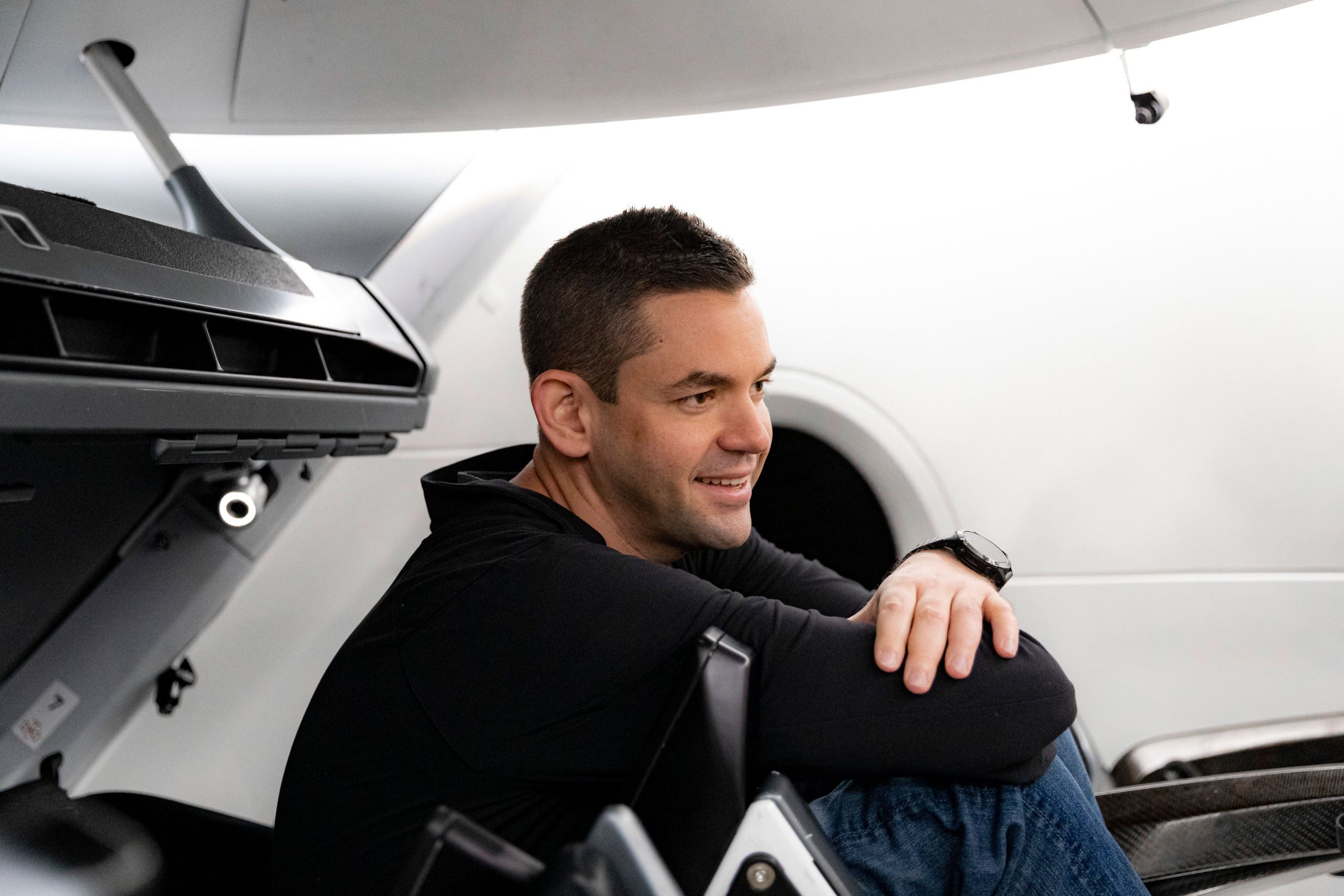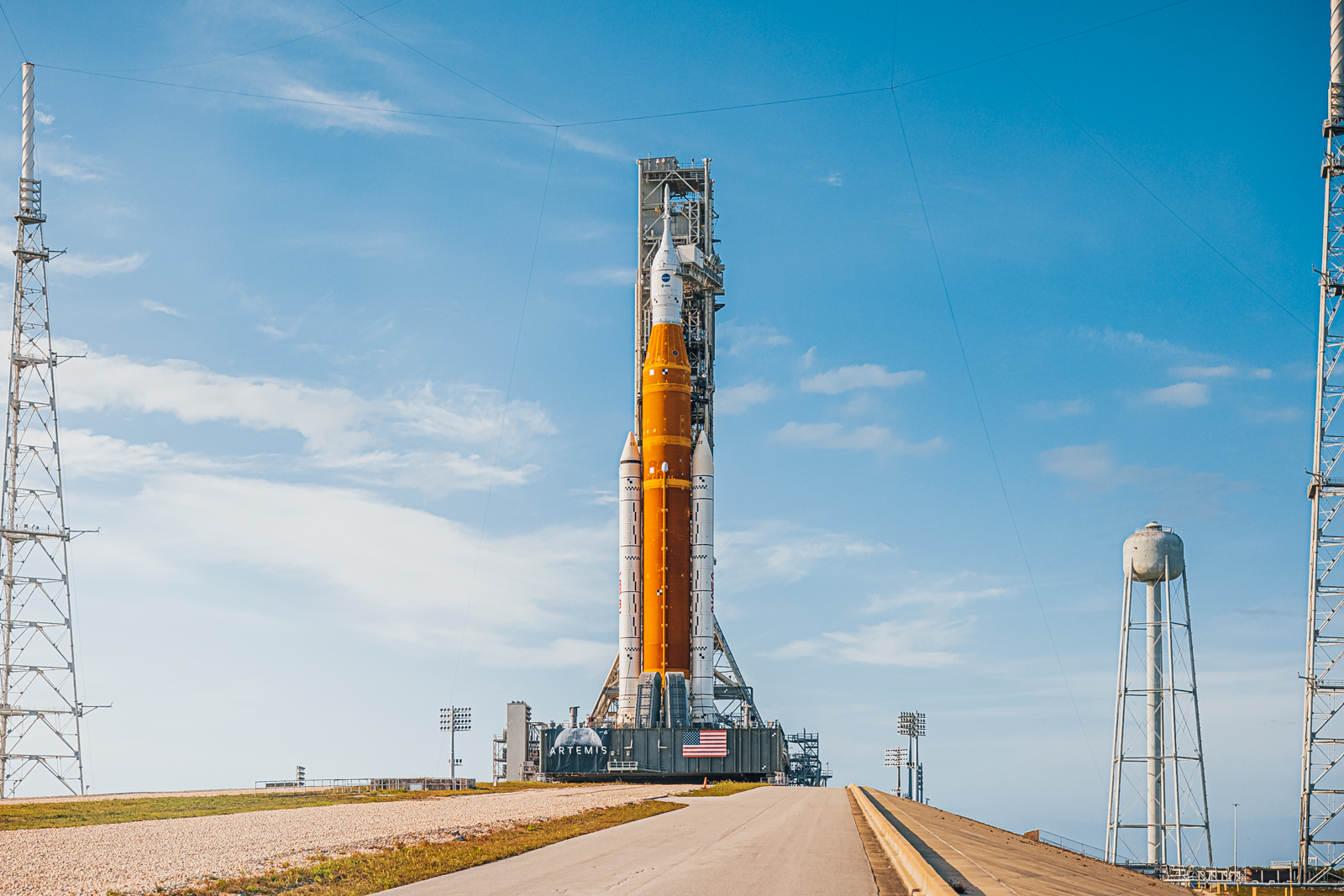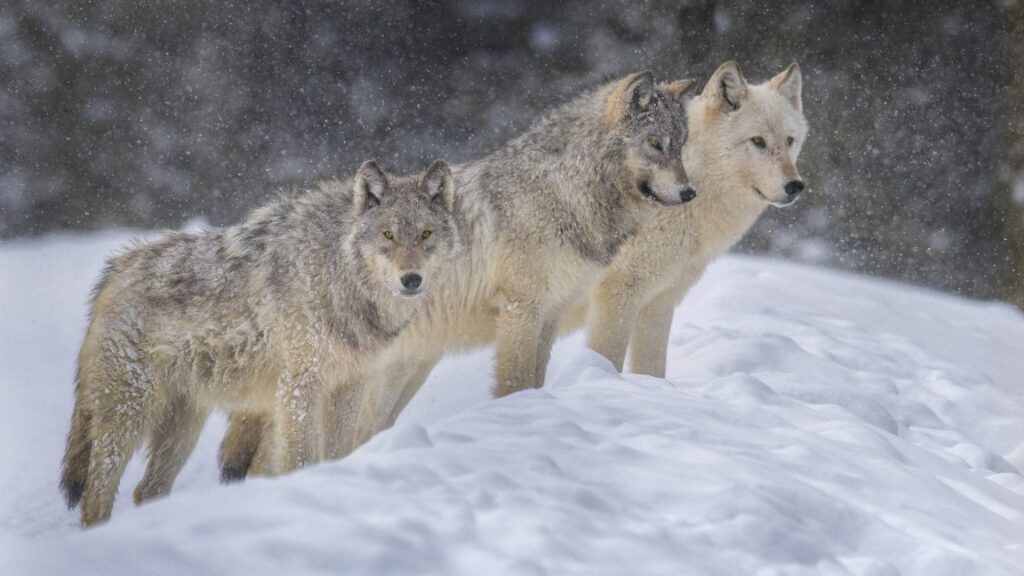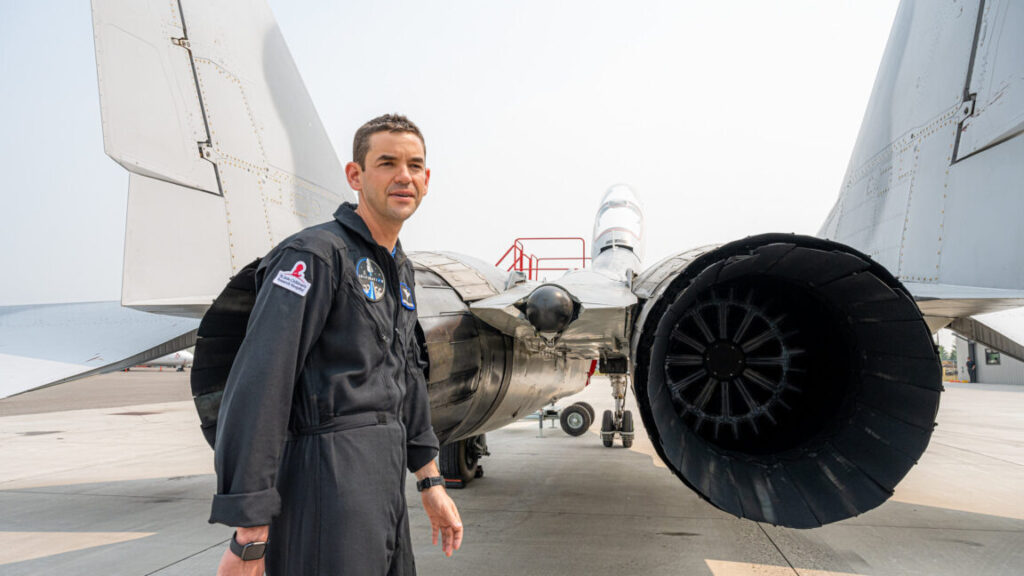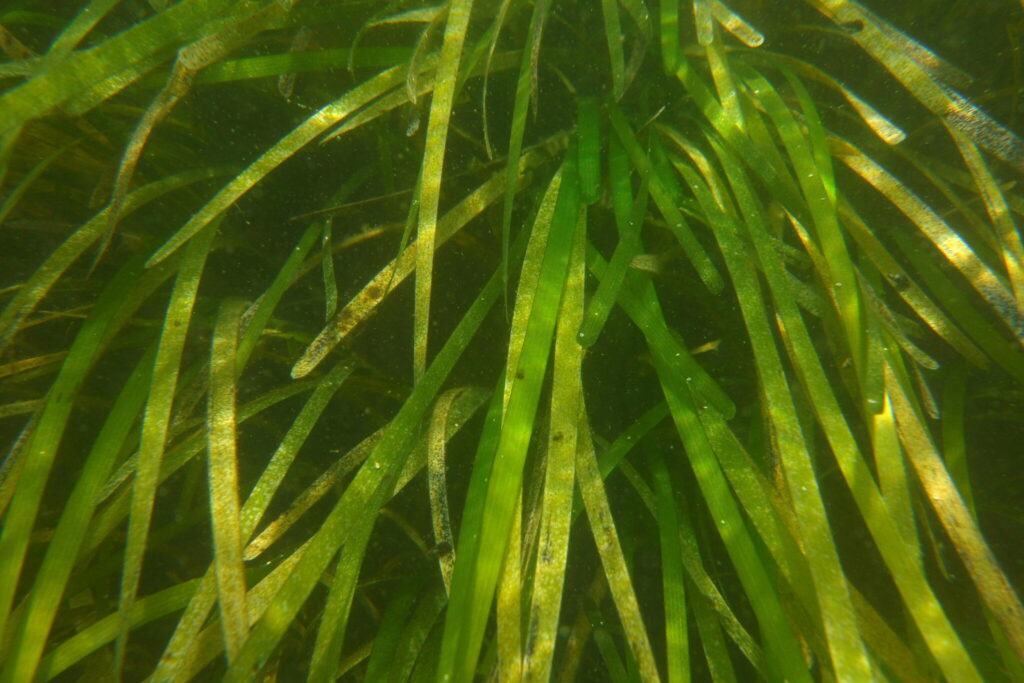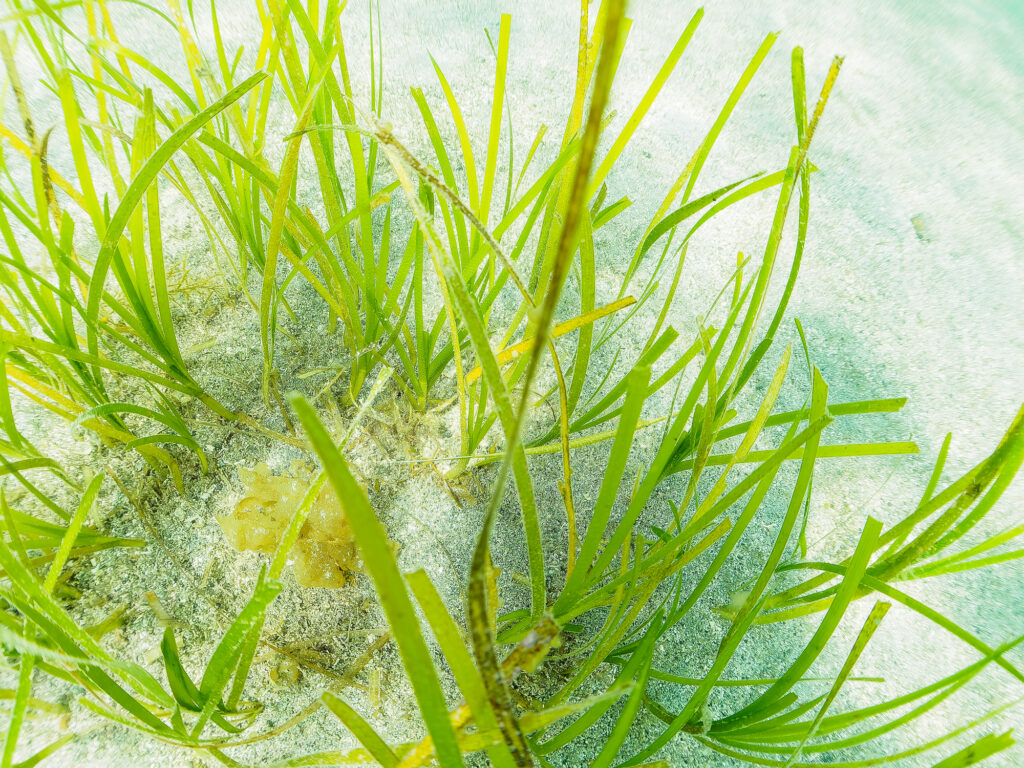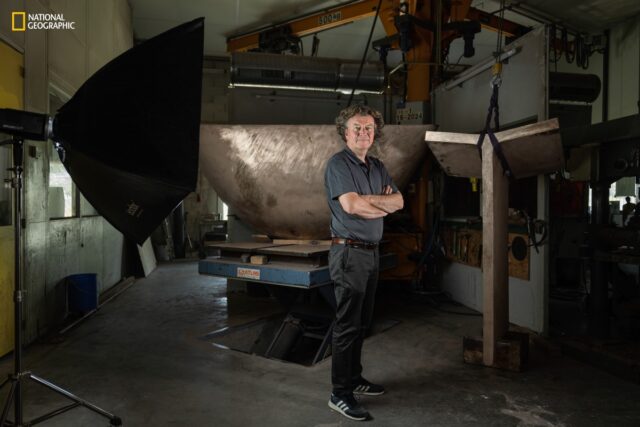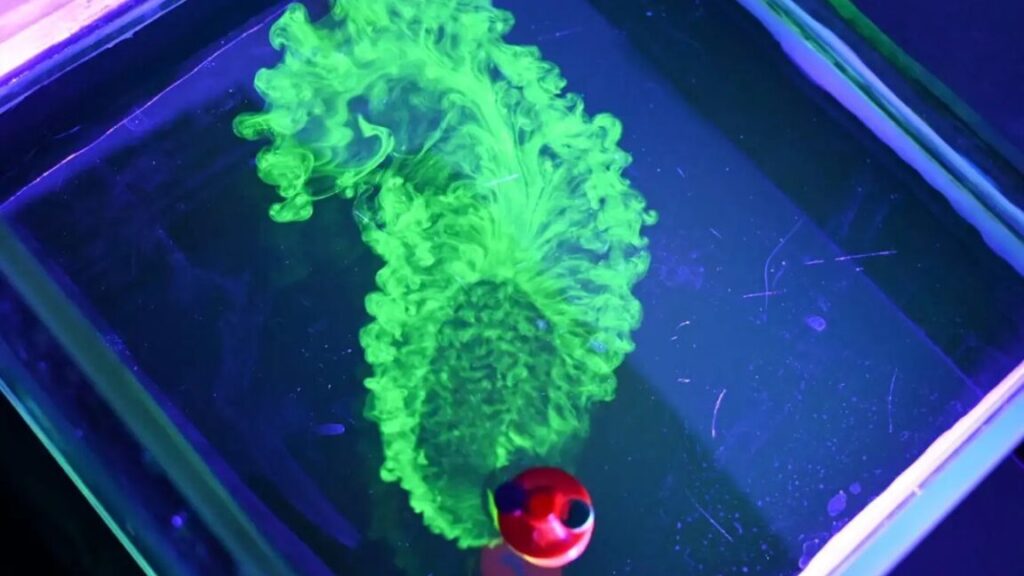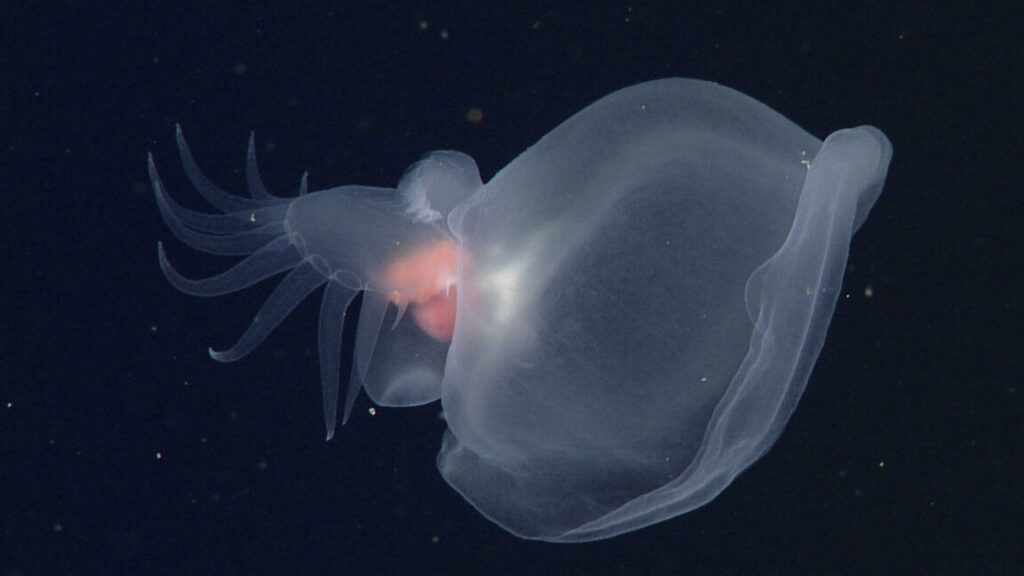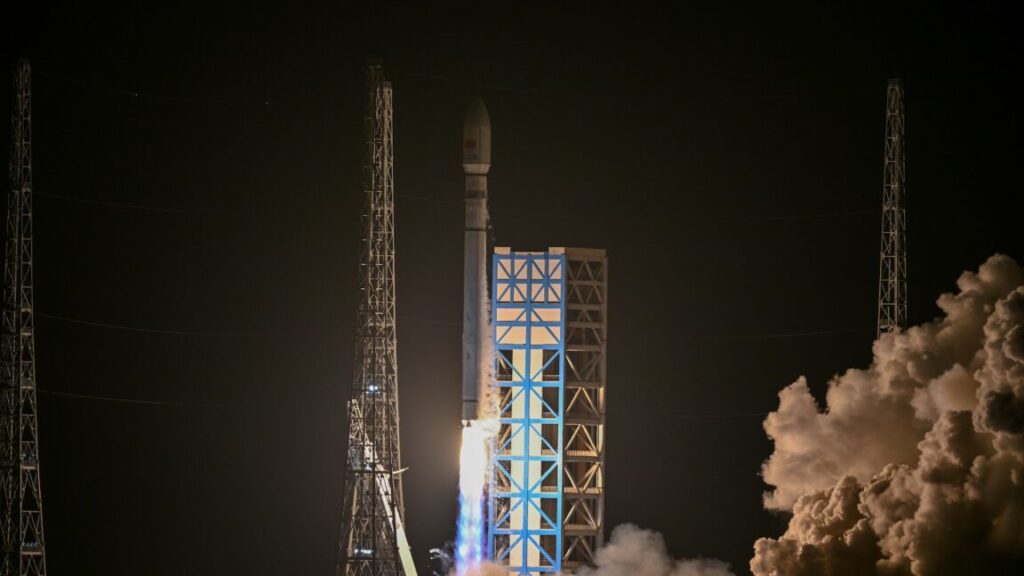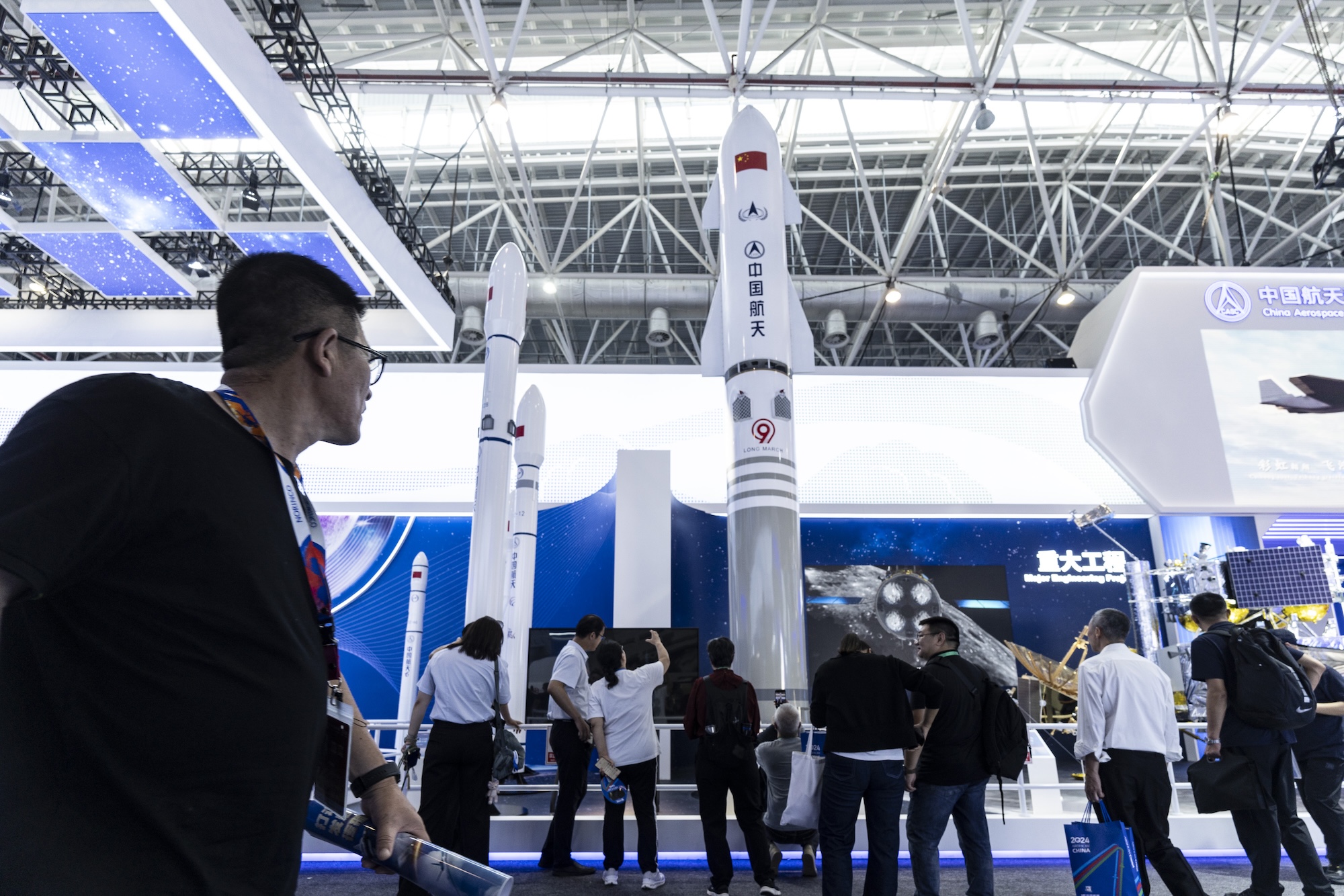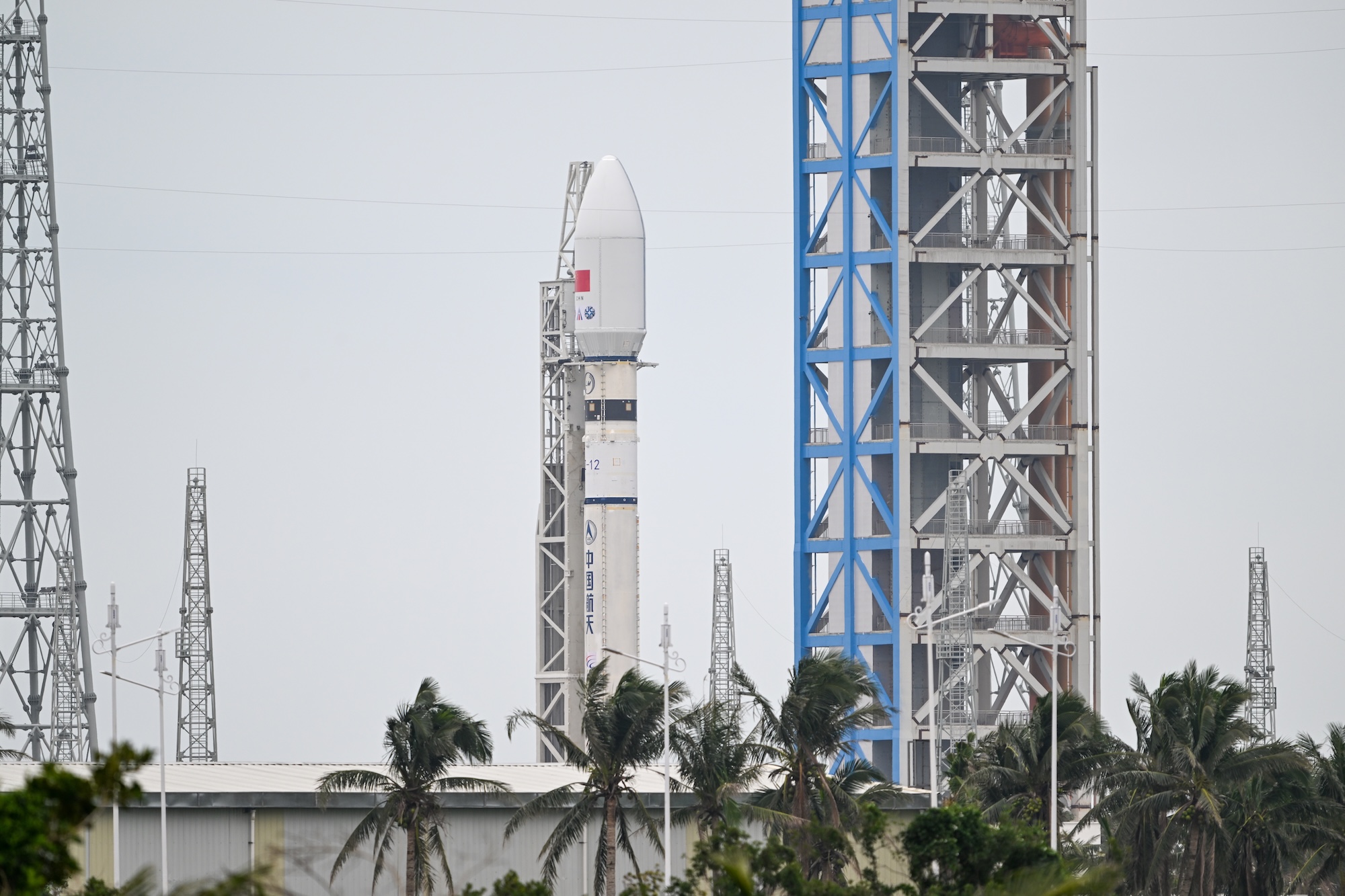How did the CEO of an online payments firm become the nominee to lead NASA?
President-elect Donald Trump announced Wednesday his intent to nominate entrepreneur and commercial astronaut Jared Isaacman as the next administrator of NASA.
For those unfamiliar with Isaacman, who at just 16 years old founded a payment processing company in his parents’ basement that ultimately became a major player in online payments, it may seem an odd choice. However, those inside the space community welcomed the news, with figures across the political spectrum hailing Isaacman’s nomination variously as “terrific,” “ideal,” and “inspiring.”
This statement from Isaac Arthur, president of the National Space Society, is characteristic of the response: “Jared is a remarkable individual and a perfect pick for NASA Administrator. He brings a wealth of experience in entrepreneurial enterprise as well as unique knowledge in working with both NASA and SpaceX, a perfect combination as we enter a new era of increased cooperation between NASA and commercial spaceflight.”
So who is Jared Isaacman? Why is his nomination being welcomed in most quarters of the spaceflight community? And how might he shake up NASA? Read on.
Meet Jared
Isaacman is now 41 years old, about half the age of current NASA Administrator Bill Nelson. He has founded a couple of companies, including the publicly traded Shift4 (look at the number 4 on a keyboard to understand the meaning of the name), as well as Draken International, a company that trained pilots of the US Air Force.
Throughout his career, Isaacman has shown a passion for flying and adventure. About five years ago, he decided he wanted to fly into space and bought the first commercial mission on a SpaceX Dragon spacecraft. But this was no joy ride. Some of his friends assumed Isaacman would invite them along. Instead, he brought a cancer survivor, a science educator, and a raffle winner. As part of the flight, this Inspiration4 mission raised hundreds of millions of dollars for research into childhood cancer.
After this mission, Isaacman set about a more ambitious project he named Polaris. The nominal plan was to fly two additional missions on Dragon and then become the first person to fly on SpaceX’s Starship. He flew the first of these missions, Polaris Dawn, in September. He brought along a pilot, Scott “Kidd” Poteet, and two SpaceX engineers, Anna Menon and Sarah Gillis. They were the first SpaceX employees to ever fly into orbit.
The mission was characteristic of Isaacman’s goal to expand the horizon of what is possible for humans in space. Polaris Dawn flew to an altitude of 1,408.1 km on the first day, the highest Earth-orbit mission ever flown and the farthest humans have traveled from our planet since Apollo. On the third day of the flight, the four crew members donned spacesuits designed and developed by SpaceX within the last two years. After venting the cabin’s atmosphere into space, first Isaacman and then Gillis spent several minutes extending their bodies out of the Dragon spacecraft.
This was the first private spacewalk in history and underscored Isaacman’s commitment to accelerating the transition of spaceflight as rare and government-driven to more publicly accessible.
Why does the space community welcome him?
In the last five years, Isaacman has impressed most of those within the spaceflight community he has interacted with. He has taken his responsibilities seriously, training hard for his Dragon missions and using NASA facilities such as a pressure chamber at NASA’s Johnson Space Center when appropriate.
Through these interactions—based upon my interviews with many people—Isaacman has demonstrated that he is not a billionaire seeking a joyride but someone who wants to change spaceflight for the better. In his spaceflights, he has also demonstrated himself to be a thoughtful and careful leader.
Two examples illustrate this. The ride to space aboard a Crew Dragon vehicle is dynamic, with the passengers pulling in excess of 3 Gs during the initial ascent, the abrupt cutoff of the main Falcon 9 rocket’s engines, stage separation, and then the grinding thrust of the upper stage engines just behind the capsule. In interviews, each of the Polaris Dawn crew members remarked about how Isaacman calmly called out these milestones in advance, with a few words about what to expect. It had a calming, reassuring effect and demonstrated that his crew’s health and safety were foremost among his concerns.
Another way in which Isaacman shows care for his crew and families is through an annual event called “Fighter Jet Training.” Cognizant of the time crew members spend away from their families training, he invites them and SpaceX employees who have supported his flights to an airstrip in Montana. Over the course of two days, family members get to ride in jets, go on a zero-gravity flight, and participate in other fun activities to get a taste of what flying on the edge is like. Isaacman underwrites all of this as a way of thanking all who are helping him.
The bottom line is that Isaacman, through his actions and words, appears to be a caring person who wants the US spaceflight enterprise to advance to greater heights.
Why would Isaacman want the job?
So why would a billionaire who has been to space twice (and plans to go at least two more times) want to run a federal agency? I have not asked Isaacman this question directly, but in interviews over the years, he has made it clear that he is passionate about spaceflight and views his role as a facilitator desiring to move things forward.
Most likely, he has accepted the job because he wants to modernize NASA and put the space agency in the best position to succeed in the future. NASA is no longer the youthful agency that took the United States to the Moon during the Apollo program. That was more than half a century ago, and while NASA is still capable of great things, it is living with one foot in the past and beholden to large, traditional contractors.
The space agency has a budget of about $25 billion, and no one could credibly argue that all of those dollars are spent efficiently. Several major programs at NASA were created by Congress with the intent of ensuring maximum dollars flowed to certain states and districts. It seems likely that Isaacman and the Trump administration will take a whack at some of these sacred cows.
High on the list is the Space Launch System rocket, which Congress created more than a dozen years ago. The rocket, and its ground systems, have been a testament to the waste inherent in large government programs funded by cost-plus contracts. NASA’s current administrator, Nelson, had a hand in creating this SLS rocket. Even he has decried the effect of this type of contracting as a “plague” on the space agency.
Currently, NASA plans to use the SLS rocket as the means of launching four astronauts inside the Orion spacecraft to lunar orbit. There, they will rendezvous with SpaceX’s Starship vehicle, go down to the Moon for a few days, and then come back to Orion. The spacecraft will then return to Earth.
So long, SLS?
Multiple sources have told Ars that the SLS rocket—which has long had staunch backing from Congress—is now on the chopping block. No final decisions have been made, but a tentative deal is in place with lawmakers to end the rocket in exchange for moving US Space Command to Huntsville, Alabama.
So how would NASA astronauts get to the Moon without the SLS rocket? Nothing is final, and the trade space is open. One possible scenario being discussed for future Artemis missions is to launch the Orion spacecraft on a New Glenn rocket into low-Earth orbit. There, it could dock with a Centaur upper stage that would launch on a Vulcan rocket. This Centaur stage would then boost Orion toward lunar orbit.
NASA’s Space Launch System rocket is seen on the launch pad at Kennedy Space Center in April 2022. Credit: Trevor Mahlmann
Such a scenario is elegant because it uses rockets that would cost a fraction of the SLS and also includes all key contractors currently involved in the Artemis program, with the exception of Boeing, which would lose out financially. (Northrop Grumman will still make solids for Vulcan, and Aerojet Rocketdyne will make the RL-10 upper stage engines for that rocket.)
As part of the Artemis program, NASA is competing with China to not only launch astronauts to the south pole of the Moon but also to develop a sustainable base of operations there. While there is considerable interest in Mars, sources told Ars that the focus of the space agency is likely to remain on a program that goes to the Moon first and then develops plans for Mars.
This competition is not one between Elon Musk, who founded SpaceX, and Jeff Bezos, who founded Blue Origin. Rather, they are both seen as players on the US team. The Trump administration seems to view entrepreneurial spirit as the key advantage the United States has over China in its competition with China. This op-ed in Space News offers a good overview of this sentiment.
So whither NASA? Under the Trump administration, NASA’s role is likely to focus on stimulating the efforts by commercial space entrepreneurs. Isaacman’s marching orders for NASA will almost certainly be two words: results and speed. NASA, they believe, should transition to become more like its roots in the National Advisory Committee for Aeronautics, which undertook, promoted, and institutionalized aeronautical research—but now for space.
It is not easy to turn a big bureaucracy, and there will undoubtedly be friction and pain points. But the opportunity here is enticing: NASA should not be competing with things that private industry is already doing better, such as launching big rockets. Rather, it should find difficult research and development projects at the edge of the possible. This will certainly be Isaacman’s most challenging mission yet.
Eric Berger is the senior space editor at Ars Technica, covering everything from astronomy to private space to NASA policy, and author of two books: Liftoff, about the rise of SpaceX; and Reentry, on the development of the Falcon 9 rocket and Dragon. A certified meteorologist, Eric lives in Houston.
How did the CEO of an online payments firm become the nominee to lead NASA? Read More »
